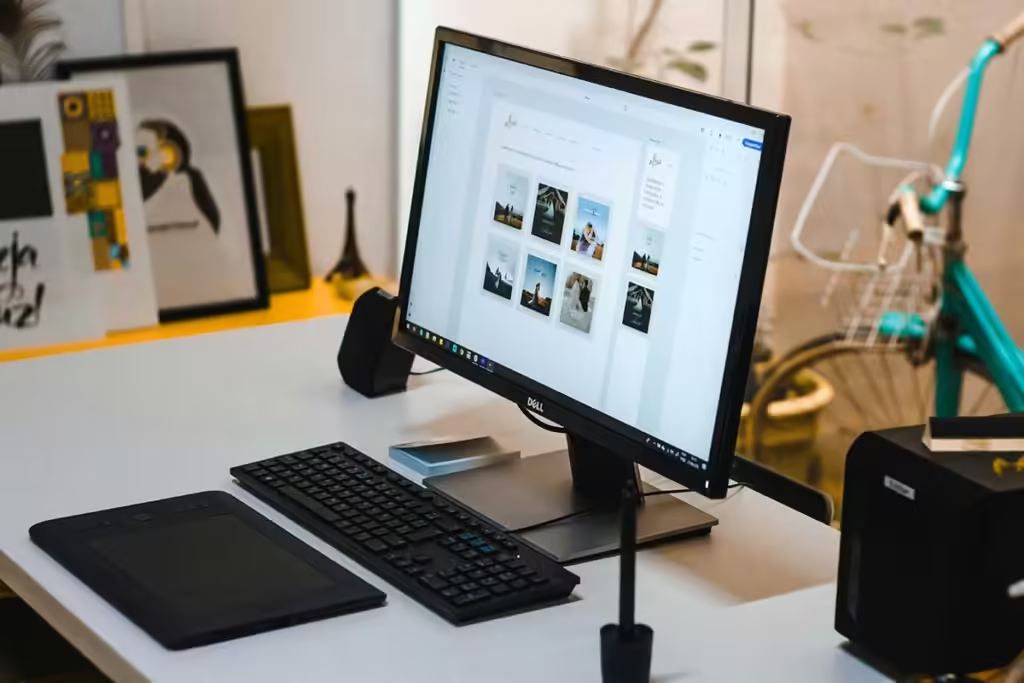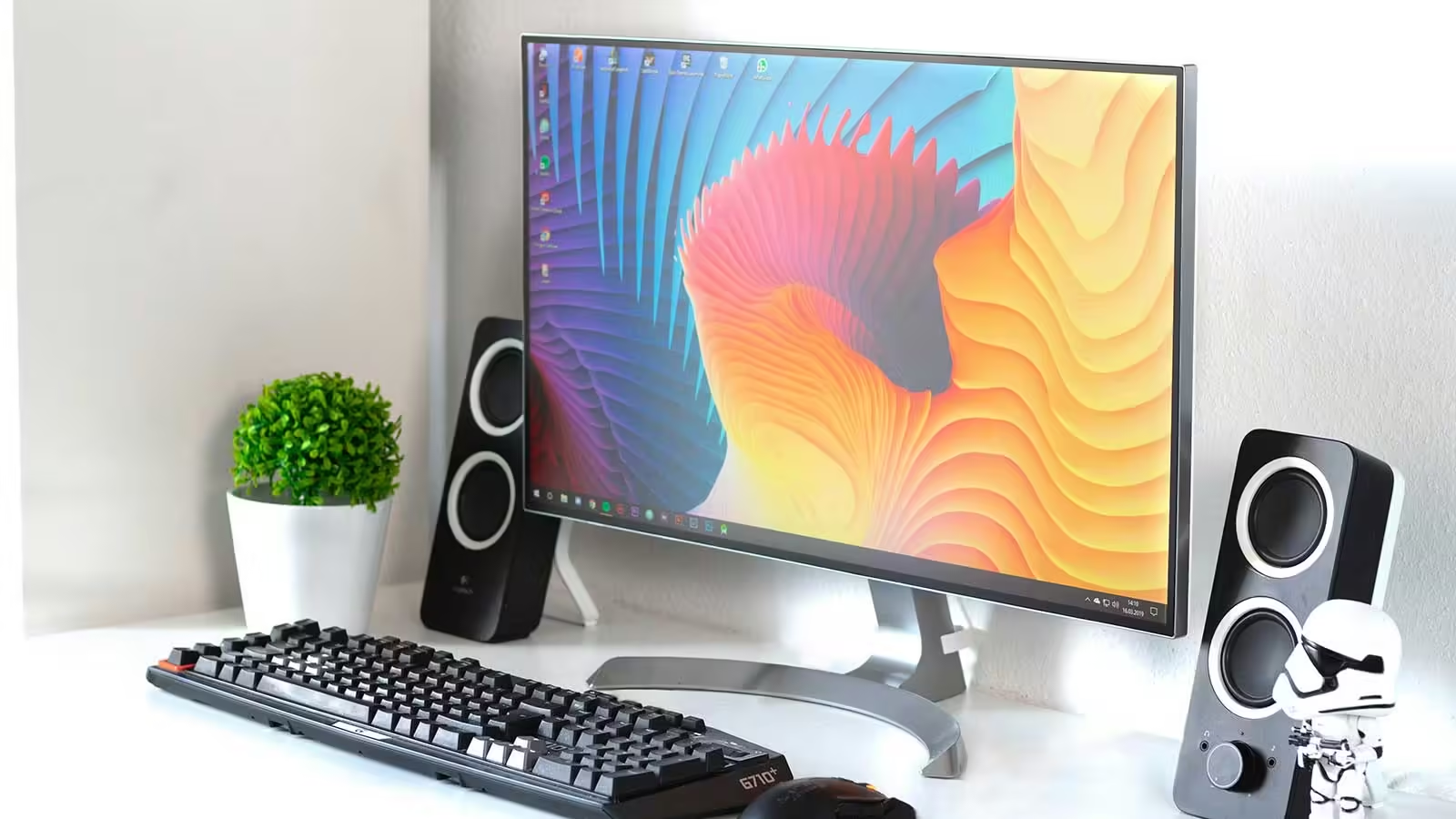In today’s digital landscape, it’s essential for all users to navigate and interact with websites effectively. Buttons are key elements that guide users through their online journeys, but designing intuitive and accessible buttons requires careful consideration. Prioritizing accessibility not only enhances usability but also fosters an inclusive environment for individuals with diverse abilities. This article highlights essential tips and best practices for creating user-friendly and accessible buttons, ensuring a seamless experience for everyone.
1. Importance of Button Design

Buttons are essential interaction points on websites and apps, guiding users toward actions such as submitting forms, navigating pages, or making purchases. Effective button design not only enhances the overall user experience but also ensures that your site is accessible to individuals with disabilities. By understanding the importance of button design, you can prioritize accessibility in your development process, creating a more inclusive environment for all users.
2. Use Clear and Descriptive Text Labels
Button labels should be clear, concise, and descriptive, clearly indicating the action that will occur when clicked. Avoid vague phrases like “Click Here” and opt for specific labels such as “Submit Application” or “Download Report.” This clarity enhances user understanding of each button’s purpose and function, ultimately fostering better engagement and reducing the likelihood of errors.
3. Ensure Adequate Color Contrast
Color contrast is vital for readability and accessibility. Ensure that the text on buttons contrasts sufficiently with the button background, adhering to the Web Content Accessibility Guidelines (WCAG). A minimum contrast ratio of 4.5:1 for normal text and 3:1 for large text is recommended. This contrast is especially crucial for users with visual impairments, as it ensures that buttons are easily identifiable and enhances overall usability.
4. Design Buttons to Be Easily Clickable
Buttons must prioritize usability to create a seamless user experience. To ensure they are easily clickable, aim for a minimum size of 44×44 pixels. Furthermore, maintain sufficient spacing between buttons to prevent accidental clicks, which can lead to user frustration. Thoughtfully sized and strategically positioned buttons not only improve user interaction but also contribute to overall satisfaction, making navigation smoother and more intuitive.
5. Add Visual Cues for Interaction

Incorporating visual cues, such as hover effects, shadows, or animations, can enhance interactivity and boost user engagement. When users hover over a button, it should visibly change in color or appearance to signal that it is clickable. These visual indicators not only guide users but also provide essential feedback, clearly communicating that the button is interactive. By employing these design elements, you create a more dynamic and intuitive experience that encourages user interaction.
6. Utilize Semantic HTML Elements
Utilizing semantic HTML elements, such as <button> for buttons and <a> for links, significantly enhances accessibility. Semantic HTML allows assistive technologies, like screen readers, to accurately interpret the purpose of each element. By employing the correct tags, you not only improve the overall structure of your web content but also ensure that all users can navigate effectively and efficiently. This thoughtful approach fosters a more inclusive online experience for everyone.
7. Ensure Consistency Throughout the User Interface
Consistency in button design across your website or application significantly enhances usability and familiarity. Employ a uniform style, color, shape, and labeling system for all buttons. When users encounter familiar design patterns, they can navigate your site more intuitively, resulting in a smoother and more enjoyable overall experience. This cohesive approach not only streamlines interaction but also builds trust and confidence in your digital interface.
8. Facilitate Keyboard Navigation
Keyboard navigation is essential for users who cannot use a mouse. Ensure that all buttons are accessible through keyboard shortcuts and can be navigated using the Tab key. Implementing clear focus states, such as visual indicators that show when a button is selected, helps users understand their position within the navigation flow. By prioritizing keyboard accessibility, you create a more inclusive experience that allows all users to interact with your site effortlessly.
9. Accommodate Screen Reader Users

Designing buttons with screen reader users in mind is vital for ensuring accessibility. Make sure that button labels are properly tagged, allowing screen readers to read them aloud accurately. Additionally, provide descriptive ARIA labels when necessary to convey the button’s purpose clearly. This practice ensures that visually impaired users can interact with buttons effectively, promoting an inclusive experience for all users.
10. Continuously Review and Refresh Designs
Accessibility is not a one-time consideration; it demands continuous review and adaptation. Regularly assess your button designs against current accessibility standards and actively gather user feedback. By consistently updating your designs to align with best practices, you can ensure that all users enjoy a positive experience while navigating your site. This commitment to accessibility fosters inclusivity and enhances overall usability for everyone.
Conclusion
In conclusion, designing intuitive and accessible buttons is essential for fostering inclusivity and enhancing user experience. By following the tips in this article, you can create buttons that serve a diverse audience. Remember, prioritizing accessibility benefits everyone by making digital interactions smoother. As web standards evolve, continually assess and refine your button designs, keeping accessibility at the forefront. By doing so, you contribute to a more inclusive online environment where all users can engage seamlessly and confidently.
